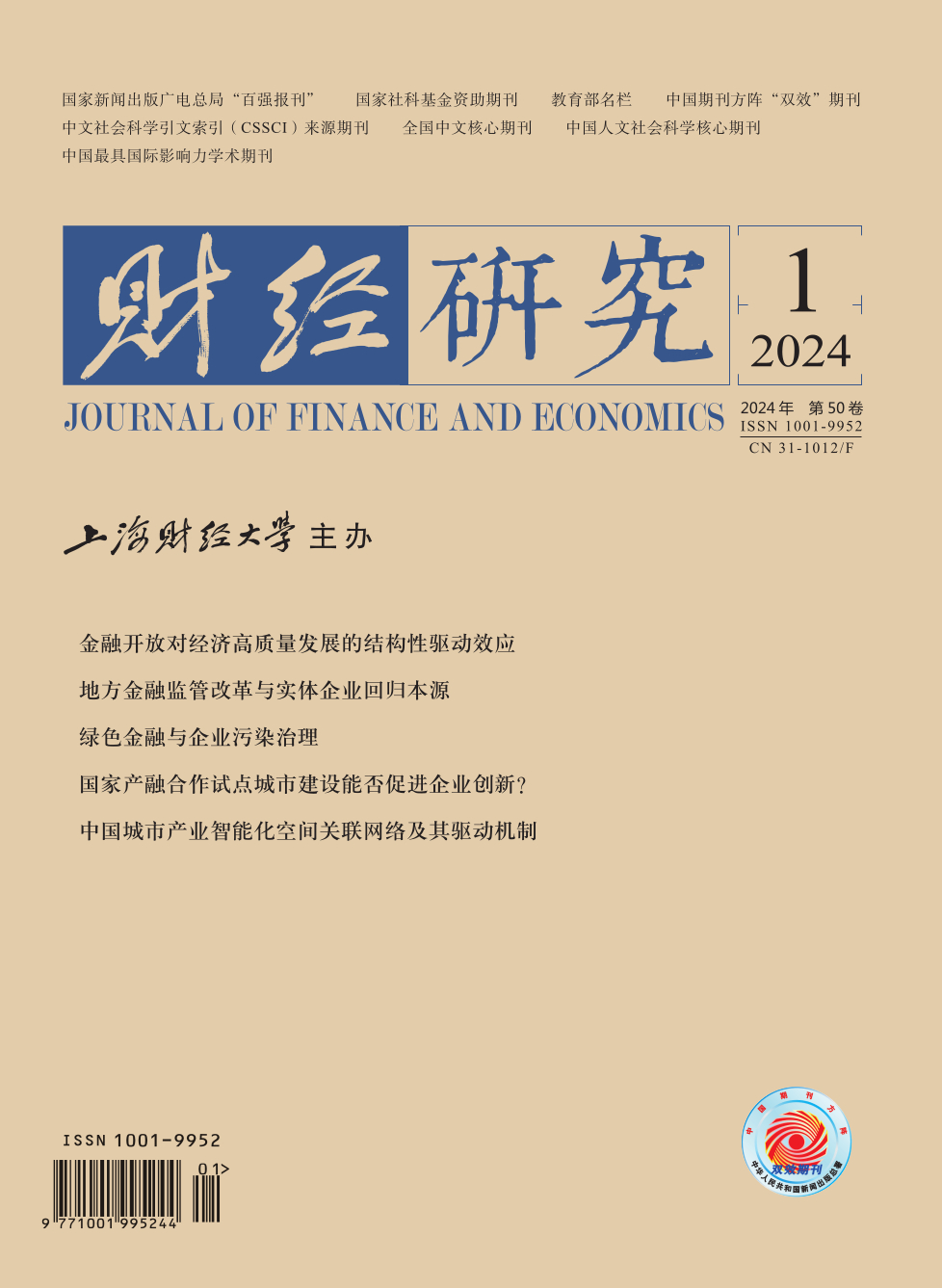The report to the 20th National Congress of the Communist Party of China proposed to accelerate the construction of a modern industrial system with coordinated development of the real economy, technological innovation, modern finance, and human resources. The key lies in giving full play to the supporting role of the financial sector in technological innovation, providing credit funds, and creating a “testing ground” for innovative enterprises to cultivate new economic growth points. In recent years, the Chinese government has issued various policies to guide banking institutions to better serve the real economy. Specifically, in May 2016, the State Council launched the “National Industrial and Financial Cooperation Pilot Cities” (NIFCPC) policy. Then, in February 2017, the first batch of 37 national pilot cities was officially released. Does and how does the construction of NIFCPC affect corporate innovation? Clarifying this issue will provide multi-dimensional empirical evidence for the impact of NIFCPC construction on corporate innovation, and provide a useful reference for the further construction of an innovative country.
This paper adopts the DID method to investigate the causal impact of NIFCPC construction on corporate innovation. The results show that the NIFCPC policy significantly increases corporate innovation output. The mechanism is not the guiding role of local government financial funds, but the improvement of bank loans by reducing the information asymmetry between banks and enterprises, and the transaction costs of obtaining bank loans. Heterogeneity analysis finds that the innovation promotion effect of NIFCPC construction is more prominent in areas with less local government intervention, and in enterprises with greater financial constraints, with higher demand for innovation, and in the growth stage. It is mainly reflected in the “intensive margin” rather than the “extensive margin”. Finally, the construction of NIFCPC significantly improves the efficiency of corporate innovation.
The marginal contributions of this paper are as follows: First, it evaluates the impact of NIFCPC construction on corporate innovation, and further clarifies its significance on the realization of innovation-driven development. Second, from the perspective of industrial policy, it expands the research on the influencing factors of corporate innovation, and provides a new path for how to design innovation-driven industrial policies in China. Third, it complements the theoretical framework for evaluating the economic consequences of industrial policies from the perspectives of “intensive margin” and “extensive margin”.





 5001
5001  6340
6340

